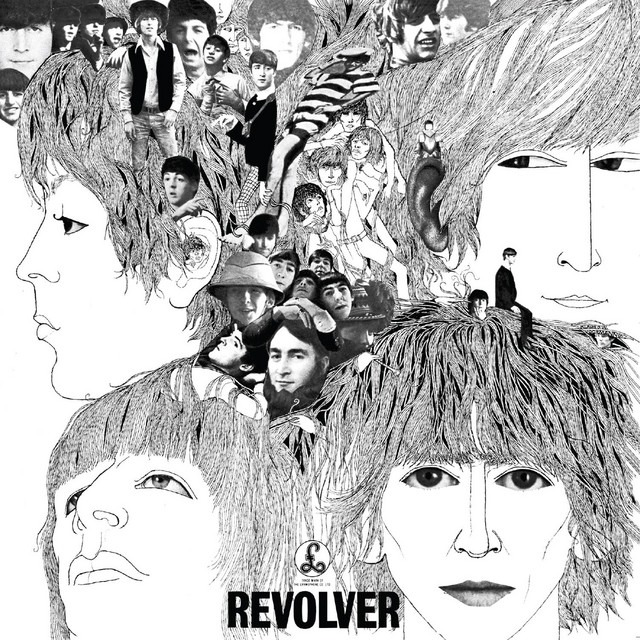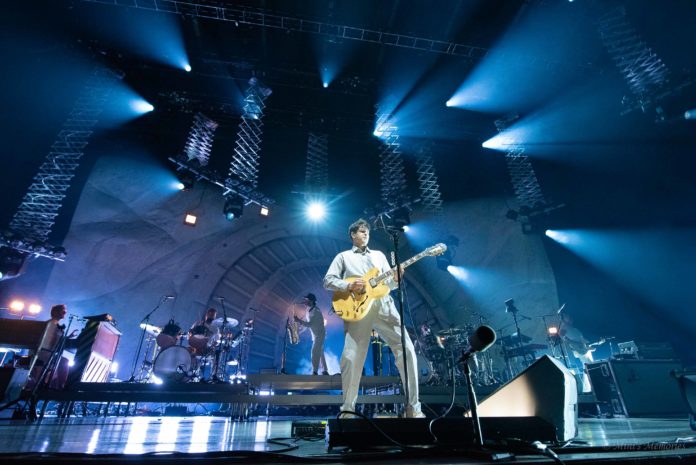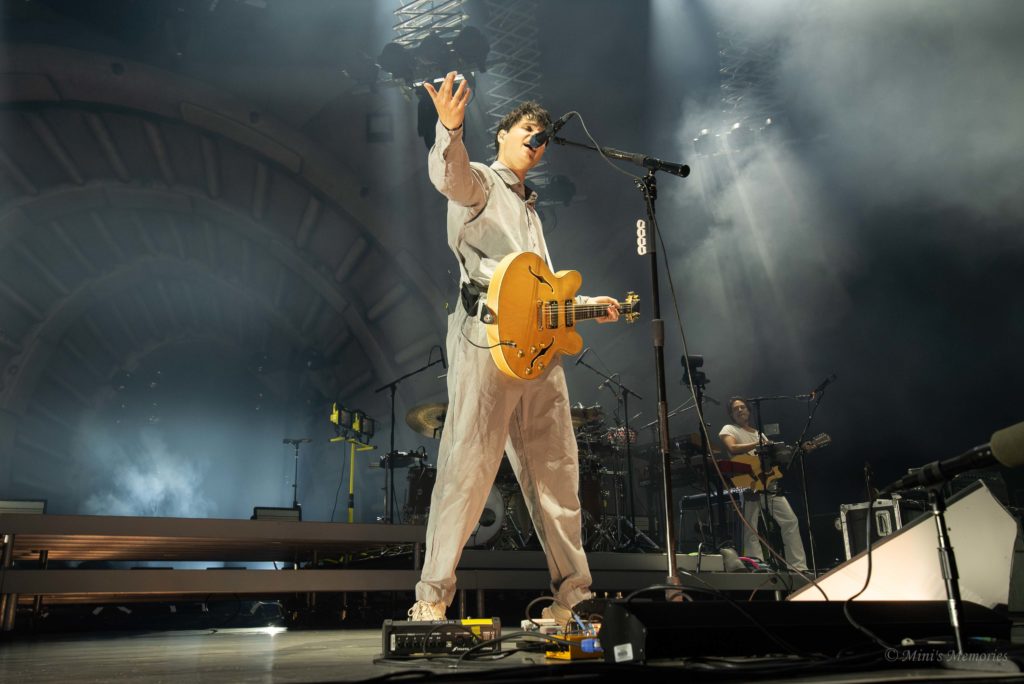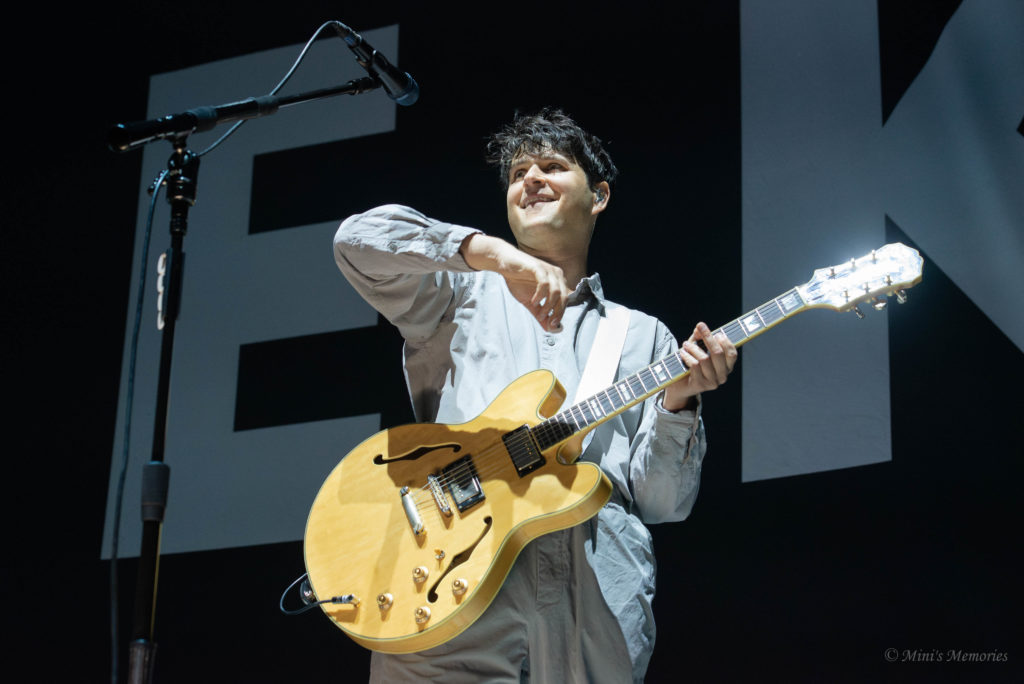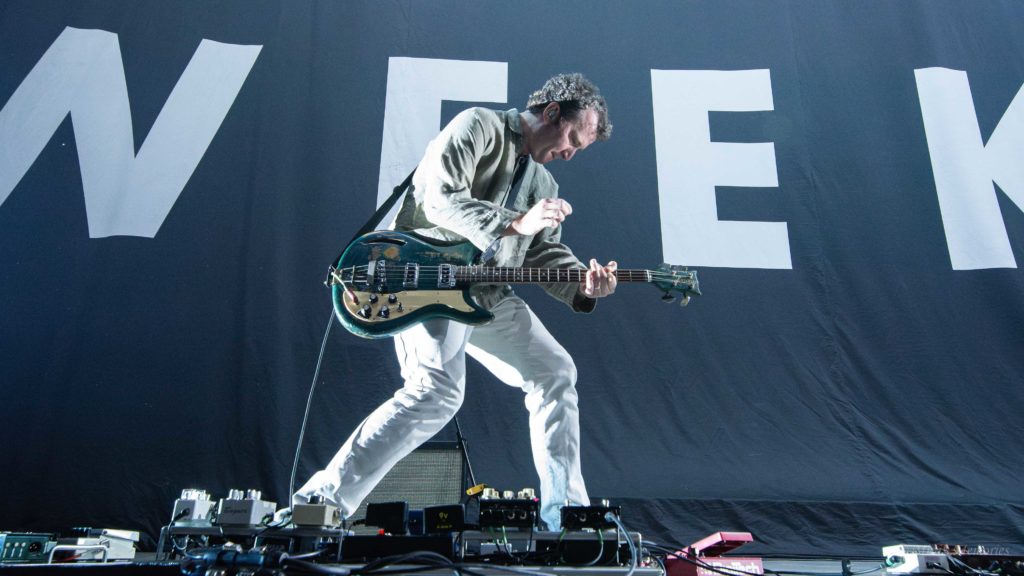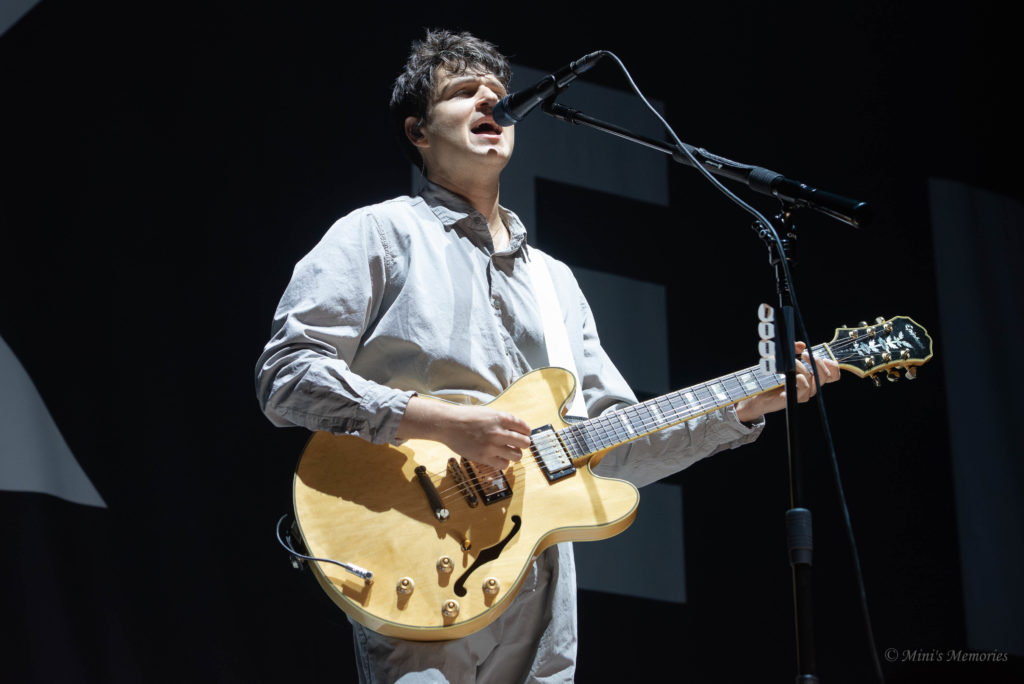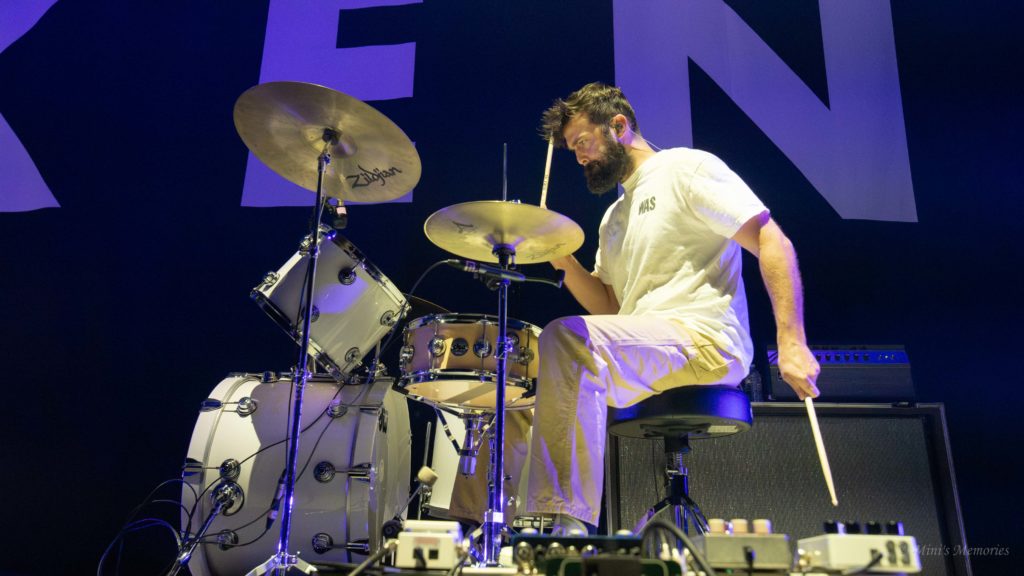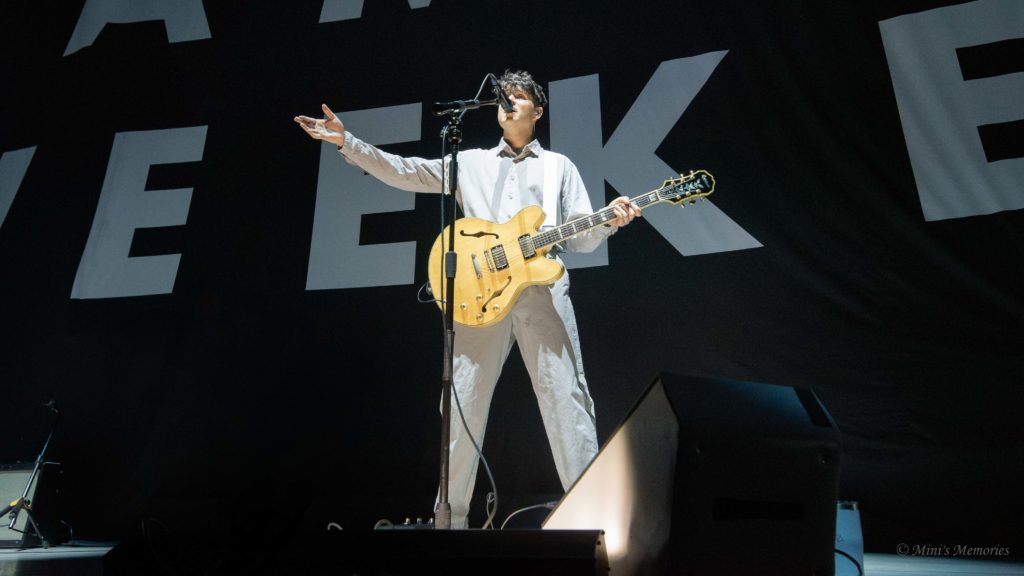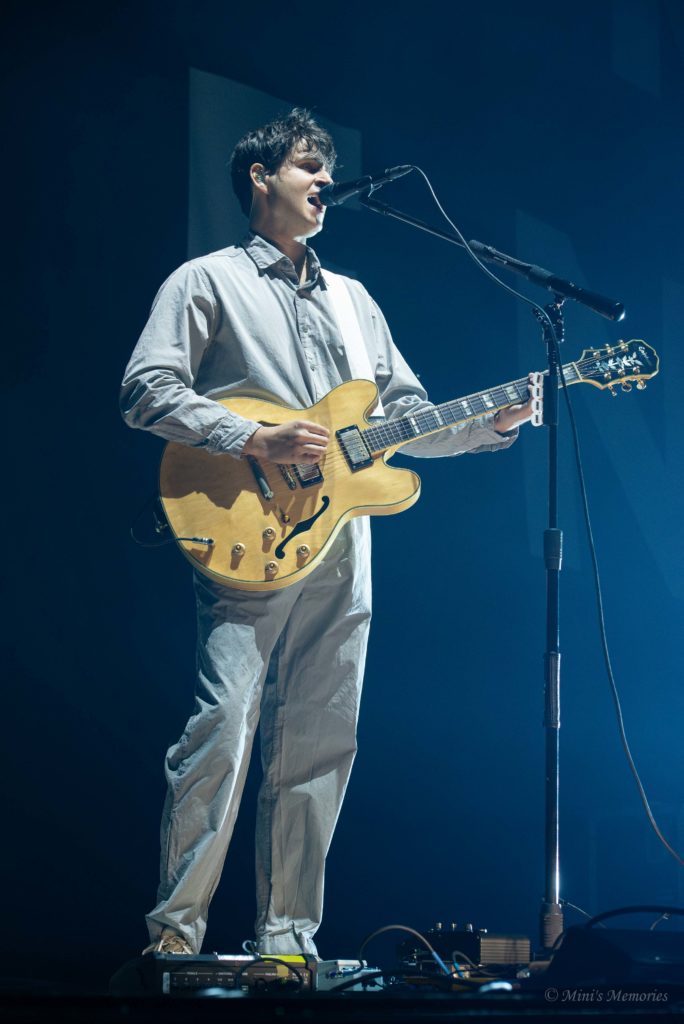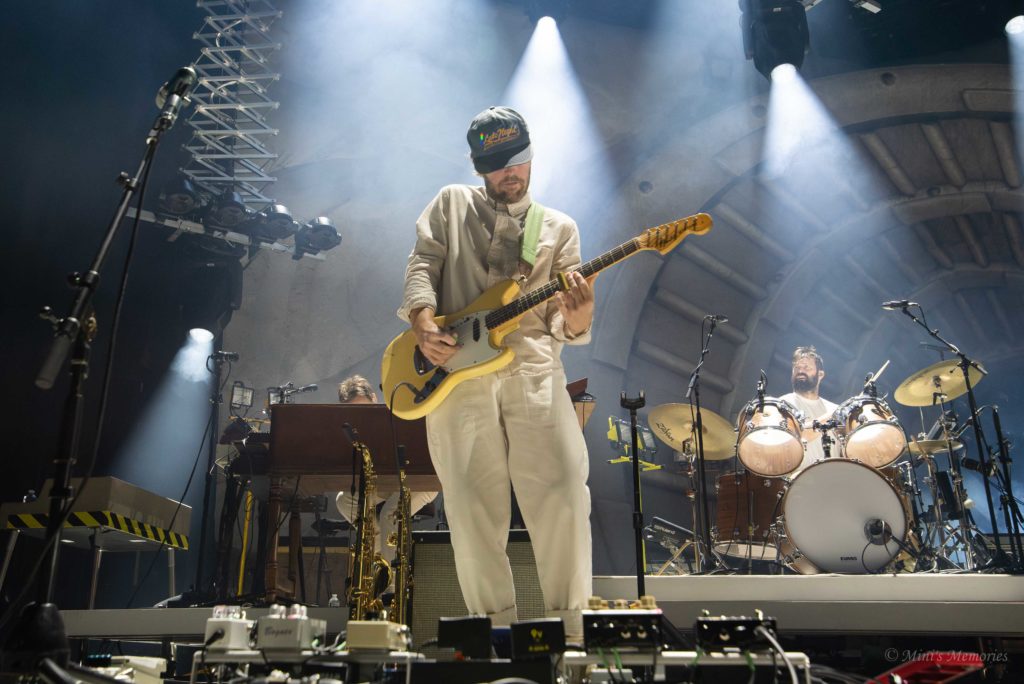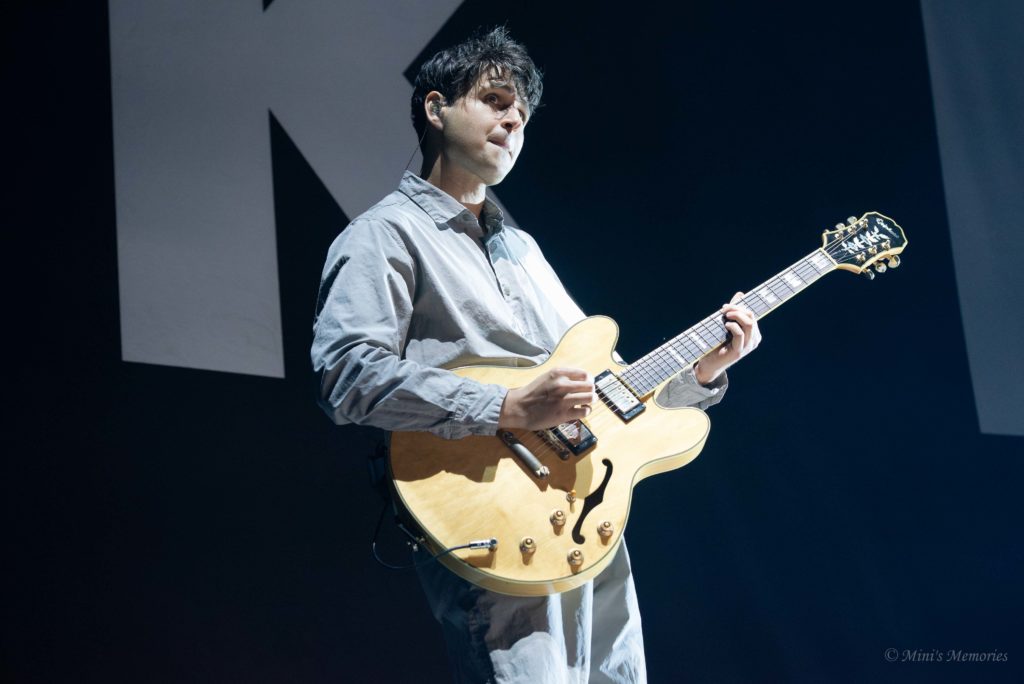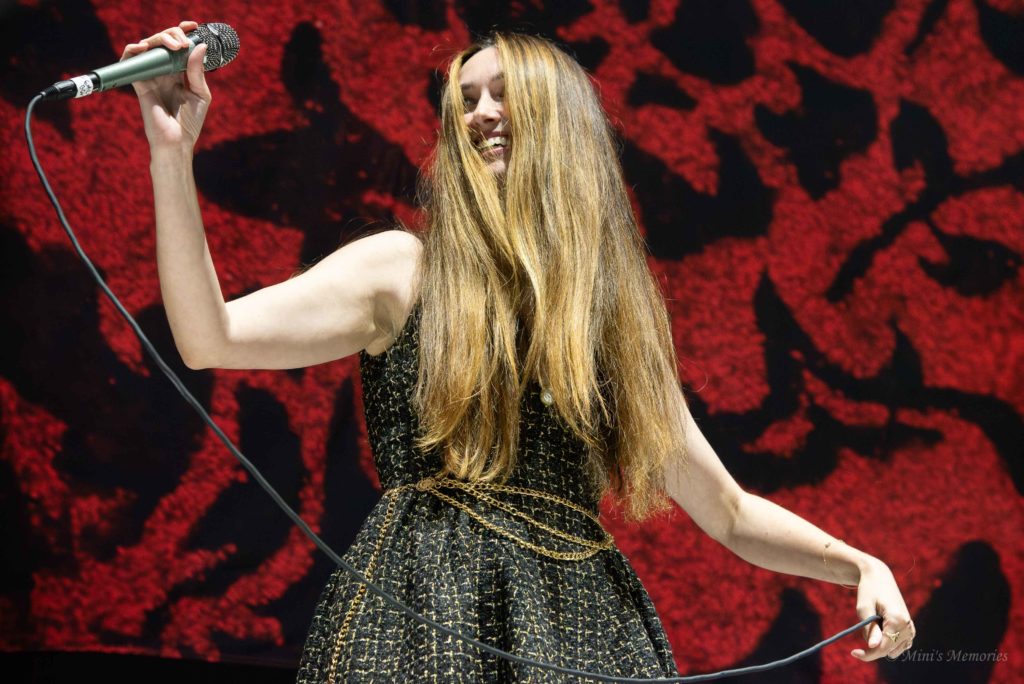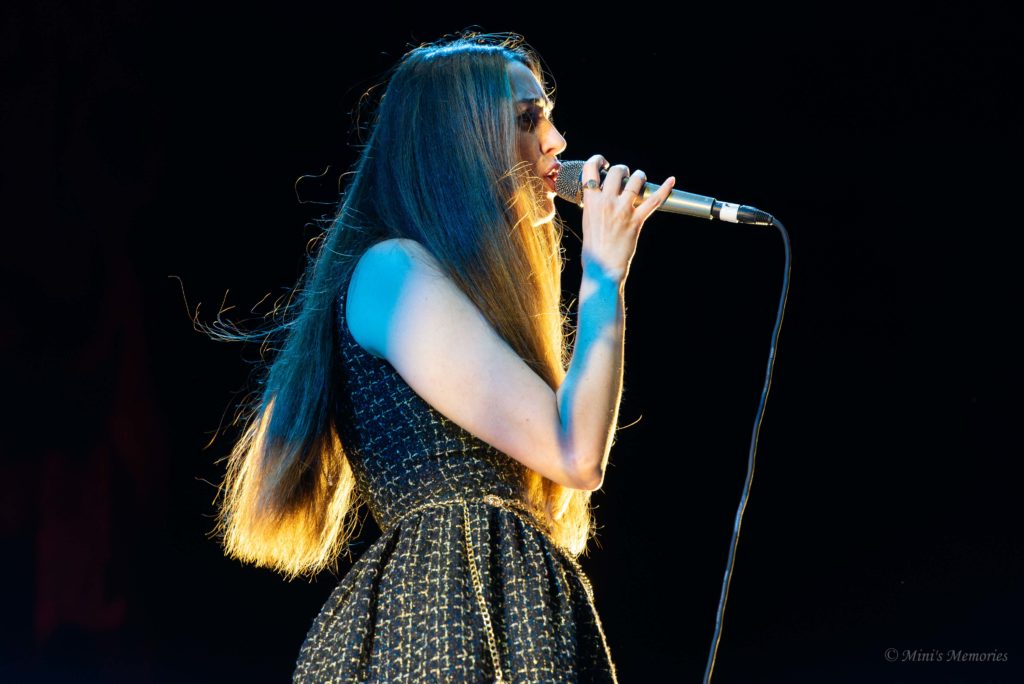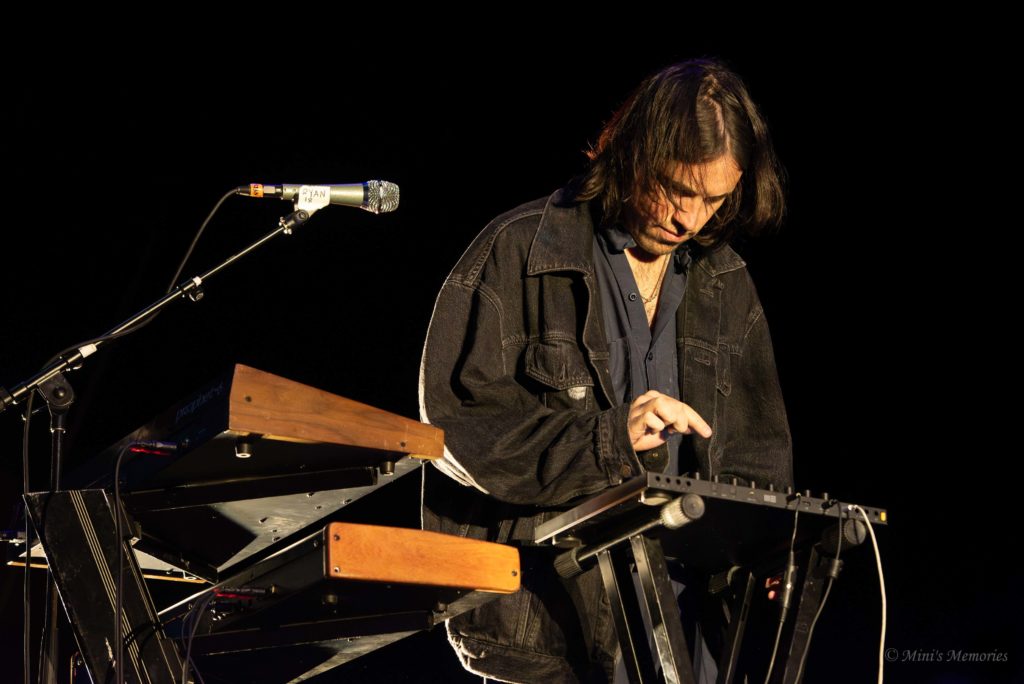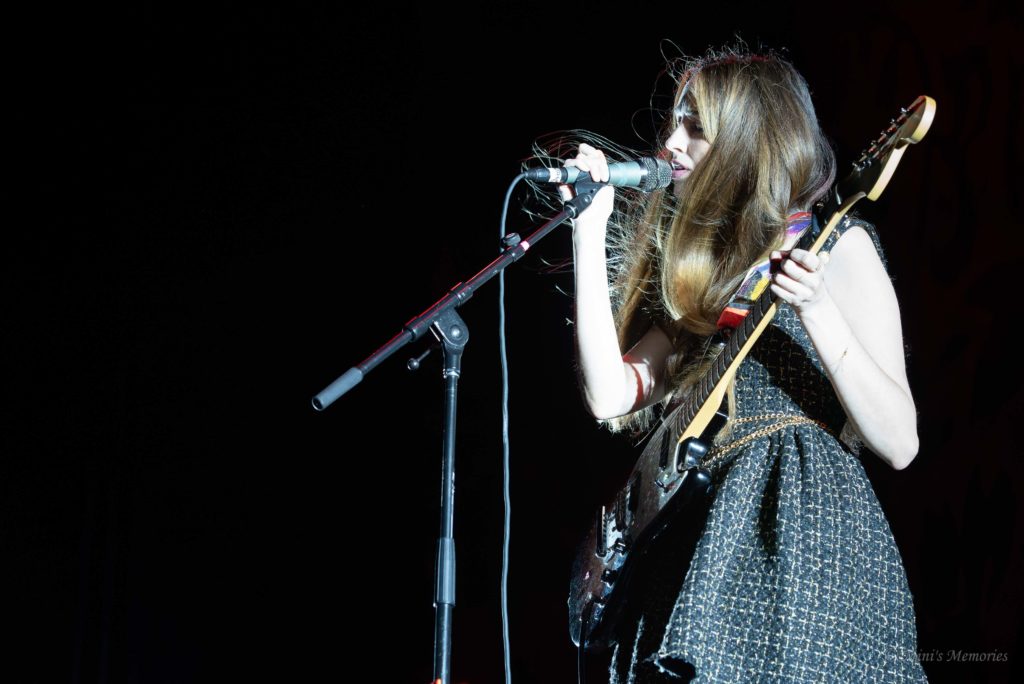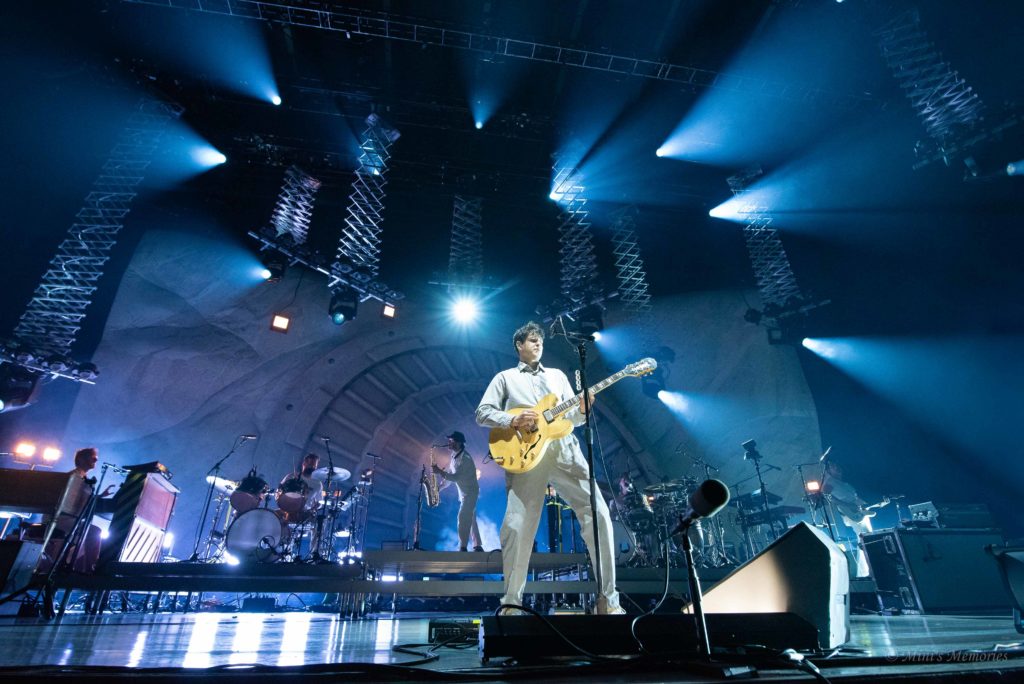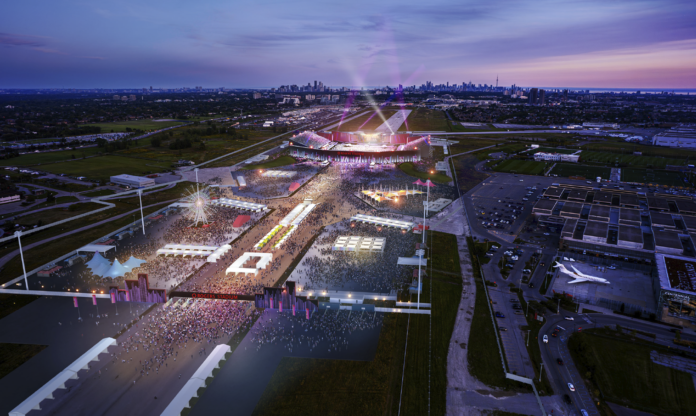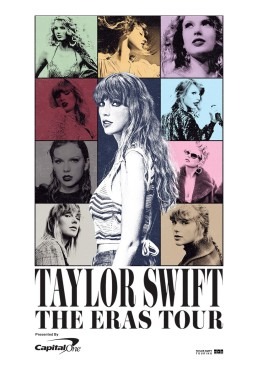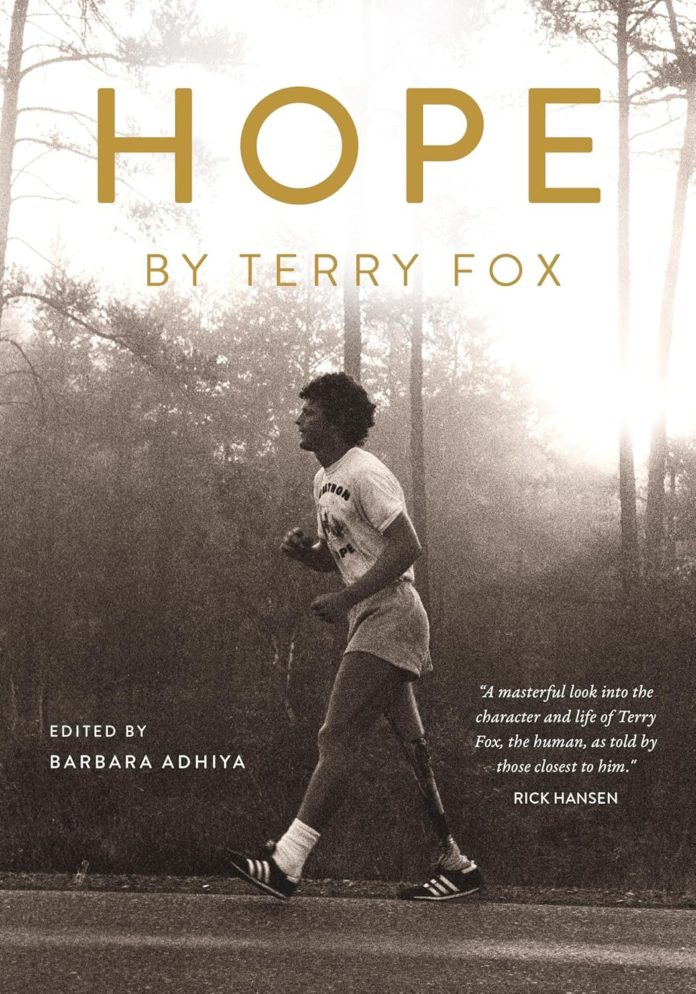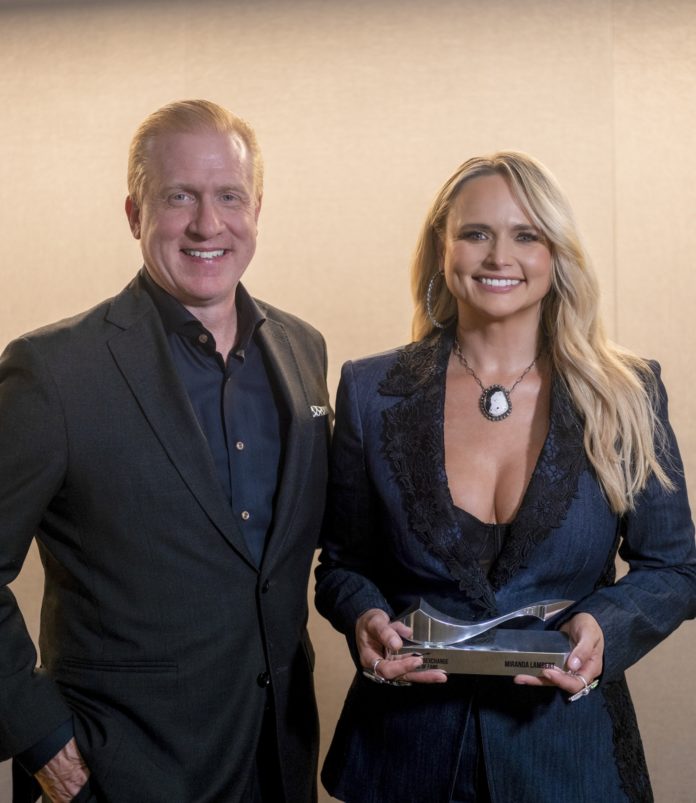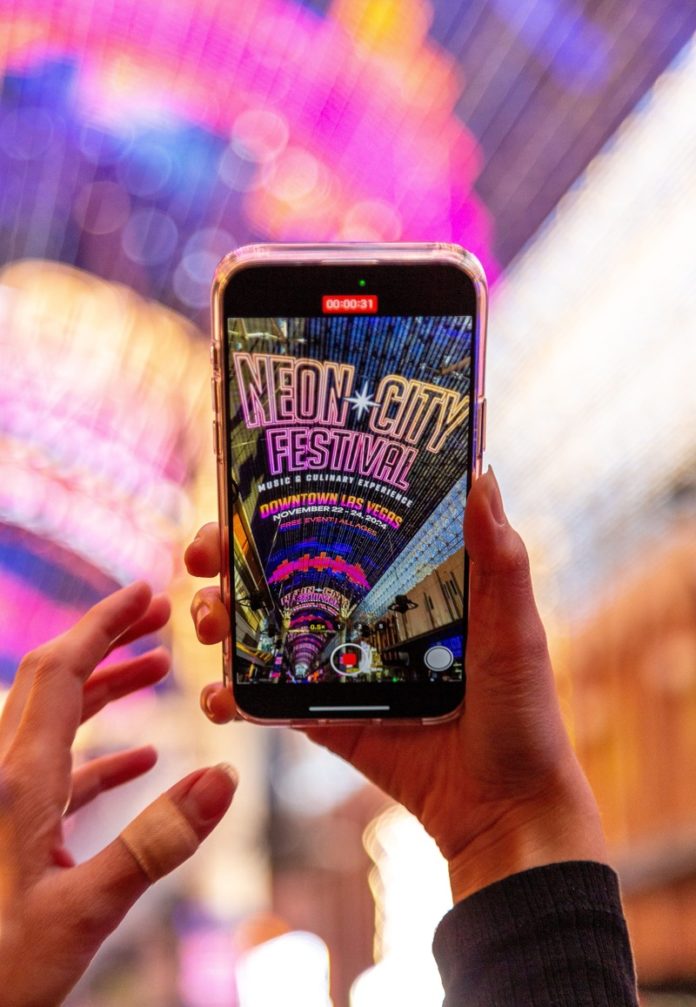Oasis’ Definitely Maybe wasn’t just an album—it was the musical and cultural shift that made Britpop explode worldwide. From the anthemic “Rock ‘n’ Roll Star” to the cool swagger of “Supersonic,” Oasis crafted a debut that captured the raw hunger of a band who wanted it all, on the brink of actually getting it. Recorded over multiple sessions with relentless energy, Definitely Maybe didn’t just launch a band—it defined an era.
- Debut Album Sales Record: Upon its release in 1994, Definitely Maybe became the fastest-selling debut album in UK history, selling over 86,000 copies in its first week. This record stood until it was surpassed by Arctic Monkeys’ Whatever People Say I Am, That’s What I’m Not in 2006.
- The Original Recording Was Scrapped: Before the final version, the entire album was recorded at a different studio with a different producer. The band was unhappy with the sound, leading them to scrap the initial recordings and start over with producer Owen Morris, who gave the album its signature loud, raw sound.
- “Supersonic” Was Written in a Day: Noel Gallagher wrote the band’s first single, “Supersonic,” in just one day during a recording session. The song wasn’t planned but emerged organically as the band jammed in the studio, and it became one of their most iconic tracks.
- Influenced by T. Rex and Slade: While Definitely Maybe is often associated with its heavy Beatles and Stones influence, some tracks were also shaped by glam rock bands like T. Rex and Slade. You can hear that gritty, anthemic style in songs like “Cigarettes & Alcohol.”
- Noel Played Every Guitar Solo: Despite Liam Gallagher’s dominant role as lead vocalist, Noel Gallagher played all the guitar solos on Definitely Maybe, including the powerful solos on tracks like “Live Forever” and “Slide Away,” showcasing his dual role as both lead guitarist and songwriter.


